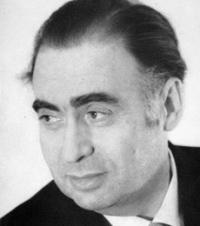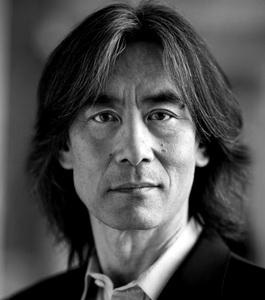A Chinese Fable in two acts - 1916-17
Busoni greatly simplified Gozzi`s 5-act play into an opera of two acts of two scenes each. However,the basic plot is the same. Turandot, daughter of the...Read more

A Chinese Fable in two acts - 1916-17
Busoni greatly simplified Gozzi`s 5-act play into an opera of two acts of two scenes each. However,the basic plot is the same. Turandot, daughter of the Emperor, challenges all suitors for her hand with three riddles. She will marry the one who answers correctly, but those who fail are executed. Kalaf, an exiled prince in disguise, takes up the challenge. Act 1 Scene 1: Kalaf comes upon the picture discarded by an earlier executed suitor, and determines to win Turandot. Scene 2: Emperor Altoum complains of Turandot`s intransigence. Kalaf says he would rather die than fail to win Turandot. Turandot enters with her maid Adelma who recognises the Prince, but remains silent. Kalaf correctly answers the three riddles, and challenges Turandot to discover his name and parentage; if she does so, he will depart. Act 2 Scene 1: Slave girls dance to a wordless choral version of `Greensleeves`. Turandot confesses her mixed feelings for the Prince. Adelma says she knows the Prince`s name, and will tell Turandot if she can have her freedom; Turandot agrees. Scene 2: Turandot announces Kalaf`s name to general consternation, and he makes ready to depart. But Turandot stops him, saying he has awakened her heart. The work closes with a final ensemble `Was ist das alle Menschen bindet?` (`What is it that rules all men?`) to which is the reply `Die Liebe` (`Love`). Õ Close Show records by: listenings count | performer's rating | alphabetical 
|
||







